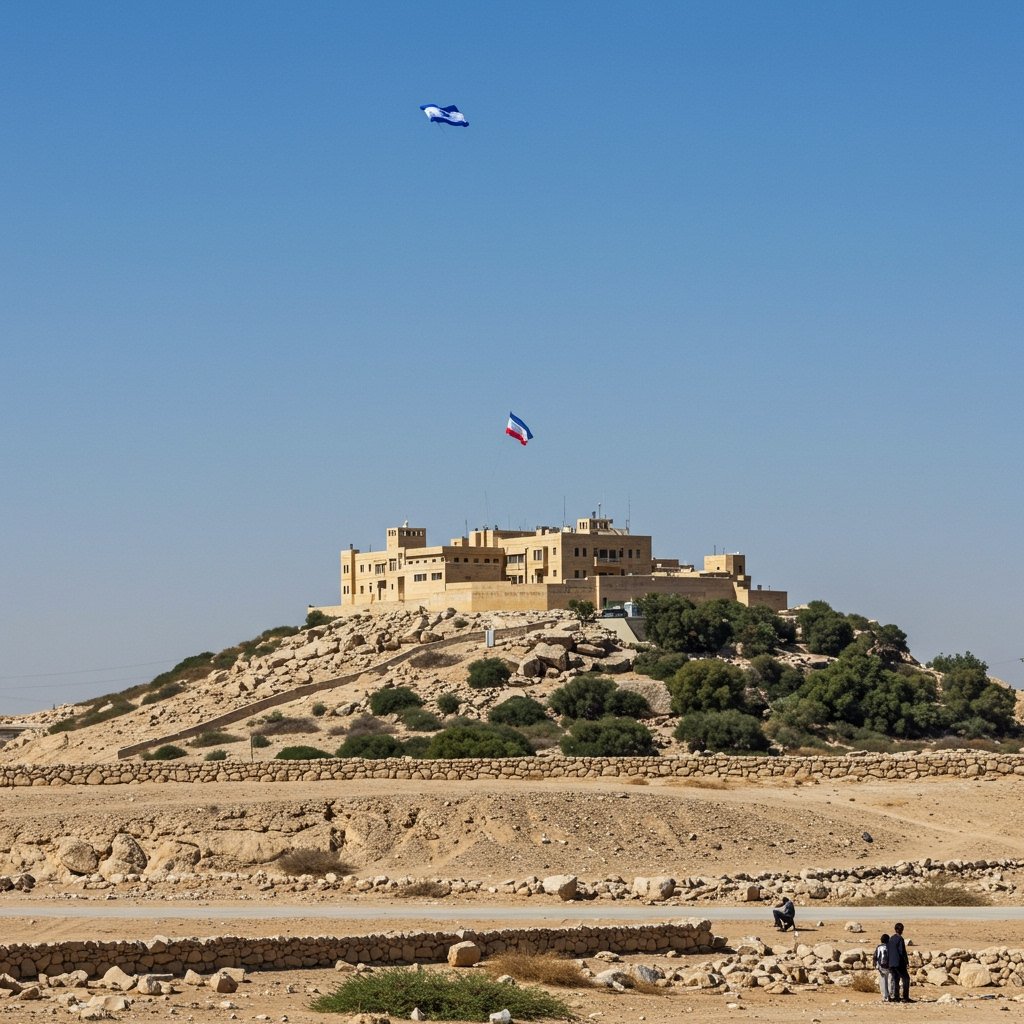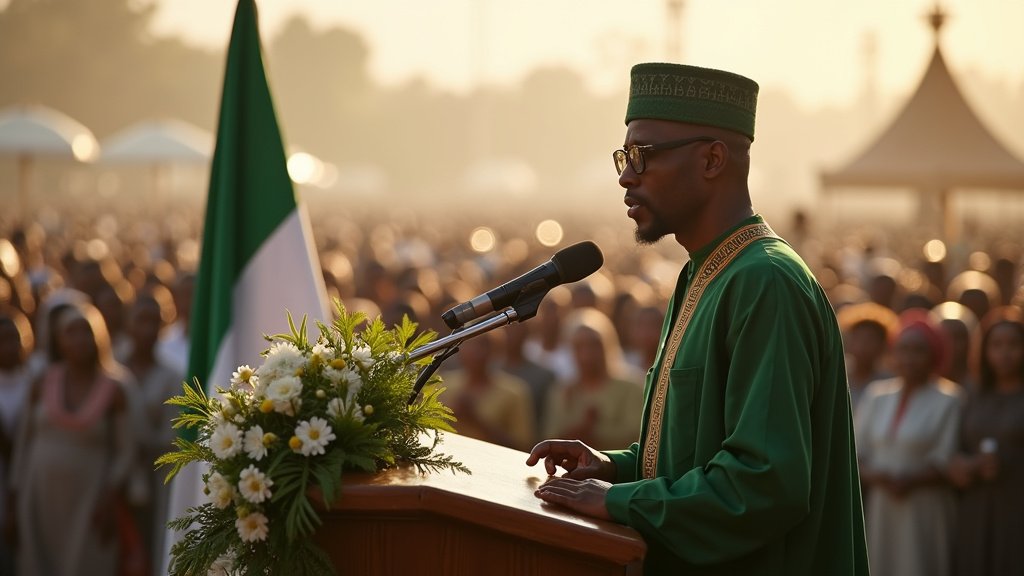JERUSALEM/TEHRAN/WASHINGTON – Israel’s Defense Minister Yoav Gallant, referring to the recent rhetoric from his office, has stated that the \”elimination\” of Iran’s Supreme Leader Ayatollah Ali Khamenei stands as one of the country’s key war goals. This assertive declaration follows a significant escalation in hostilities, marked by a substantial Iranian missile barrage targeting central and southern Israel on Thursday, June 19, 2025.
Latest Iranian Strike
The Iranian attack on Thursday inflicted serious damage across four distinct sites in central and southern Israel. Among the locations hit were the main Soroka hospital and several residential buildings situated near the metropolitan area of Tel Aviv. Despite the damage to infrastructure, the Israeli military reported no immediate injuries in populated areas following this latest strike. Israel’s emergency services indicated that the attack appeared to have concluded.
Israel’s Response and Broader Offensive
In swift and forceful retaliation for the missile strike, Israeli forces launched a series of targeted attacks against Iran. These operations included striking Iran’s Arak heavy water reactor, a site of significant concern regarding Tehran’s nuclear program. Israeli strikes also resulted in the reported deaths of several of Iran’s top military commanders and nuclear scientists. Furthermore, Israeli actions damaged other Iranian nuclear sites and key components of the country’s vital fossil fuel sector [9].
Escalating War Aims and Rhetoric
The statement from Israel’s Defense Minister’s office, referencing the potential \”elimination\” of Supreme Leader Ayatollah Ali Khamenei as a war goal, marks a significant shift in stated objectives. While Israel has long considered the Iranian regime a primary adversary, explicitly targeting its spiritual and political head represents a dramatic escalation in rhetoric and potentially in military strategy.
Human Cost of the Conflict
The intensifying conflict has exacted a heavy human toll on both sides. According to reports citing source [9], since Friday, Israeli attacks have reportedly killed 240 people. This grim figure includes 70 women and children, highlighting the impact on the civilian population. Over the same period, Iranian strikes have resulted in the deaths of at least 24 people, underscoring the reciprocal nature of the violence.
International Dimensions and US Posture
The spiraling conflict has drawn intense international scrutiny, particularly from the United States. US President Donald Trump is reportedly weighing options regarding potential military intervention, signaling the gravity with which Washington views the situation. Meanwhile, Iran’s Supreme Leader Ayatollah Ali Khamenei has issued a stark warning to the United States, cautioning that any strikes on Iranian territory would trigger \”serious irreparable consequences\”, potentially widening the conflict further.
Internal Impacts: Internet Shutdown in Iran
The heightened tensions have also manifested internally within Iran. A nationwide internet shutdown has been imposed, severely restricting communications across the country. The London-based watchdog Netblocks described the shutdown as the most severe since November 2019 [9], indicating an unprecedented level of information control. Iran’s Ministry of Communications stated that these internet limitations were implemented to prevent \”the enemy from threatening citizens’ lives and property\” [9], framing the measure as a protective action against external threats.
Economic Fallout and Regional Stability
The conflict’s repercussions extend to regional economic activity. Shipping sources indicate that commercial vessels are actively avoiding Iran’s waters around the strategically critical Strait of Hormuz [9]. This avoidance is attributed to past threats by Iran to close the strait, a vital artery for global oil supplies, highlighting concerns about freedom of navigation and potential disruption to international trade. The ongoing hostilities are imposing significant economic costs on both Israel and Iran [9], straining national resources and impacting daily life.





